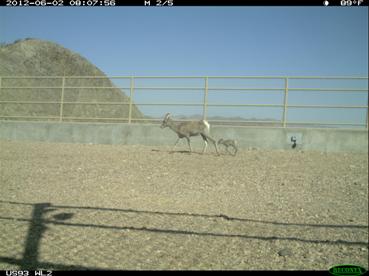 Do bighorn sheep like highway wildlife overpasses better than underpasses? Arizona sports three wildlife overpasses over Highway 93 which were specifically designed for bighorn sheep. It also has three wildlife underpasses under Highway 68.
Do bighorn sheep like highway wildlife overpasses better than underpasses? Arizona sports three wildlife overpasses over Highway 93 which were specifically designed for bighorn sheep. It also has three wildlife underpasses under Highway 68.
The Arizona Game and Fish Department recently reported that there were 229 bighorn sheep crossings at the three overpasses in a single month. There have been only 32 crossings at the underpasses in two years.
The Highway 93 overpasses also have a higher cuteness quotient than the underpasses. A bighorn ewe and her lamb were recently photographed crossing one of the overpasses.
Read the report from the Arizona Game and Fish Department, here. (Second item from the top.)
Photo courtesy Arizona Game and Fish Deparment.

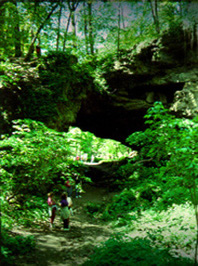 On Wednesday, the Iowa Department of Natural Resources announced that a low level of the fungus that causes white nose syndrome was found on one of the 15 bats swabbed this winter at a tourist cave run by the state. None of the bats seen in the cave appeared to have symptoms of white nose syndrome.
On Wednesday, the Iowa Department of Natural Resources announced that a low level of the fungus that causes white nose syndrome was found on one of the 15 bats swabbed this winter at a tourist cave run by the state. None of the bats seen in the cave appeared to have symptoms of white nose syndrome.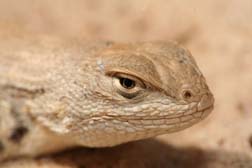 The US Fish and Wildlife Service announced yesterday that the dunes sagebrush lizard (Sceloporus arenicolus) would not be listed under the Endangered Species Act because voluntary conservation methods undertaken by private landowners in Texas and New Mexico have worked so well.
The US Fish and Wildlife Service announced yesterday that the dunes sagebrush lizard (Sceloporus arenicolus) would not be listed under the Endangered Species Act because voluntary conservation methods undertaken by private landowners in Texas and New Mexico have worked so well.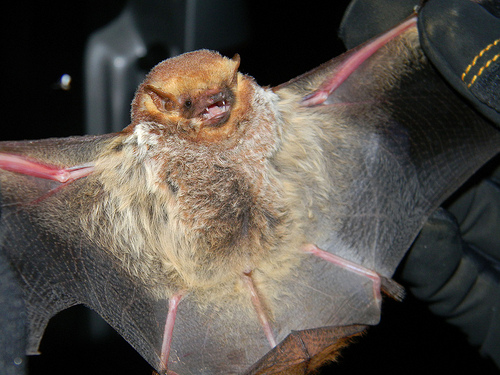
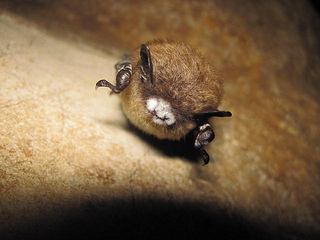 The fifth annual symposium on white nose syndrome in bats is taking place in Madison, Wisconsin this week. The sessions have been closed to the public, so this sneak peek comes to you through yesterday’s media conference call and some research on the internet.
The fifth annual symposium on white nose syndrome in bats is taking place in Madison, Wisconsin this week. The sessions have been closed to the public, so this sneak peek comes to you through yesterday’s media conference call and some research on the internet.